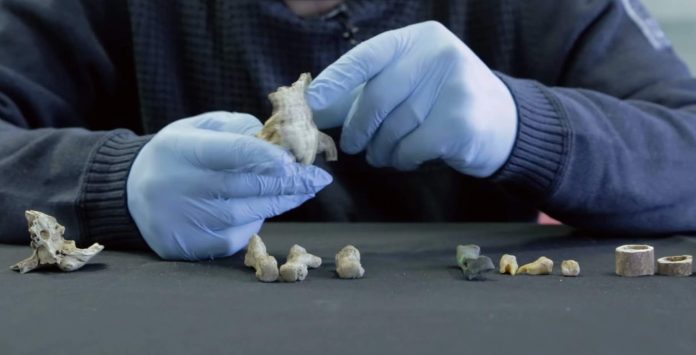A new examination of the petrous bones of 13 ancient individuals from the Great Hungarian Plain that ranged in age from 7,800 years old to 2,800 years old has shown that most ancient Europeans were lactose intolerant. Professor Ron Pinhasi from the School of Archaeology at the University College Dublin and Professor Dan Bradley from the Smurfit Institute of Genetics at Trinity College in Dublin are the first to show that lactose intolerance prevailed even after cattle domestication became common.
The discovery means that the majority of Neolithic, Bronze Age and Iron Age peoples of Europe did not consume much milk from cattle or eat a lot of cheese as we know it today. The technologies to make cheese and domesticate cattle predated the changes in the genetic structure that allows most modern people to enjoy dairy products without digestive complications. One should note that the lactose in human female’s milk is sufficiently different in chemical structure to avoid the complications of lactose intolerance.
The analysis does not show any increase in lactose tolerance as a result of the interbreeding of lighter skinned people with darker skinned people. Domesticated animals and especially cattle were primarily a source of meat and trade thousands of years before man’s DNA adapted to safely consume lactose. The study also indicates that migrations into Europe brought new technologies like animal domestication and cheese making and may have included the genes that make people lactose tolerant.
The petrous bone is located in the interior of the temporal bone of the skull. The bone is one of the thickest skull bones and one of the best protected. The researchers selected these bones for genetic comparison because the bones retain as much as 90 percent of the DNA that defined their owners. The Great Hungarian Plain was selected because this region was the intersection of most of the migrations of people from Asia and Africa into Europe.















